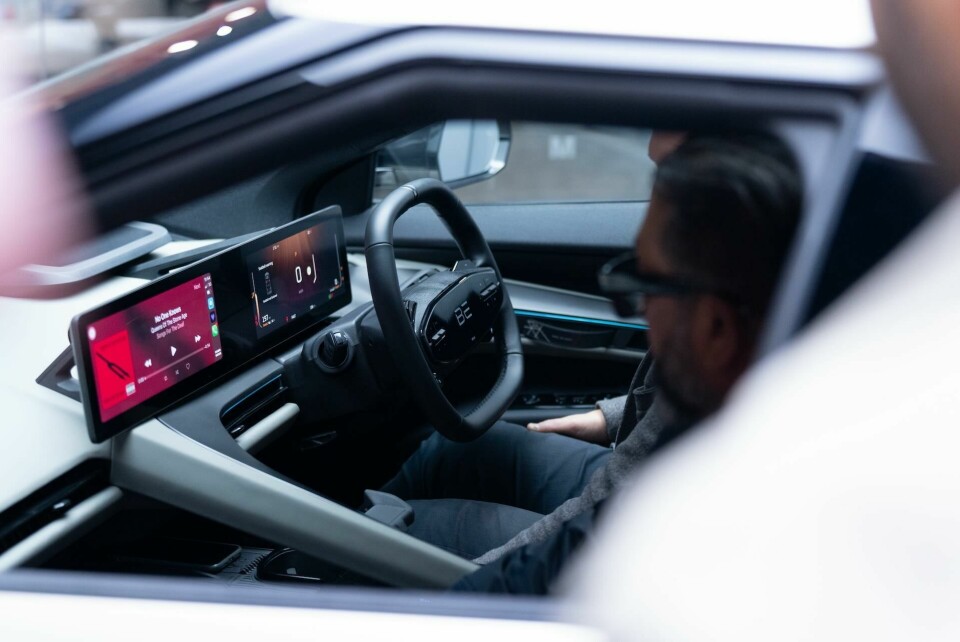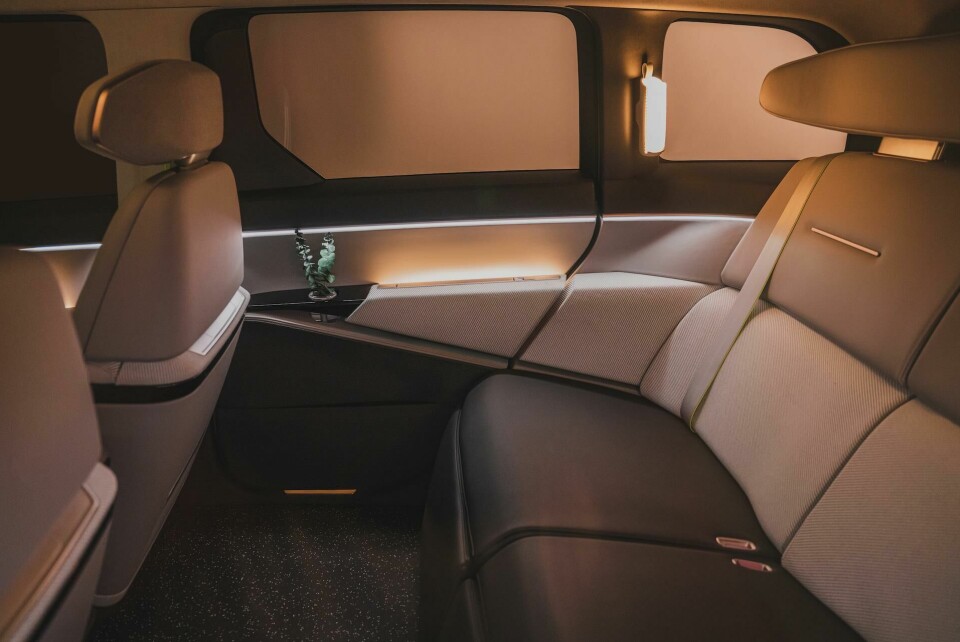
“Indian OEMs have made a remarkable improvement in perceived quality”
Car Design News chats to a growing Indian consultancy that is finding plenty of work as a specialist in perceived quality
Indian car manufacturing and design has come on leaps and bounds over the last decade or two. Now with a solid base from which to work, the focus is turning to some of the more enigmatic themes of perceived quality (PQ) and finding factors that delight, not dismay.
Amit Sharma is head of specialist consultancy Karigari. He has seen plenty of issues over his time in the industry but recognises a real growth in awareness, sparked in his eyes by the work of Tata Motors and in turn JLR, but also the likes of Mahindra and some of the larger two-wheeler brands in India. “PQ in an Indian context is still very new,” he says. “What we learned from JLR some 15 years back was the baseline of craftsmanship, material quality, functional excellence and basically anything to do with your senses; the attributes that influence whether you buy a product or not.”

Earlier in his career as a PQ specialist, Sharma recalls joining one manufacturer as it expanded from a background of trucks and buses into making cars. It was a bit of a rude awakening as to the different expectations around PQ. “They were not very sensitive about these parameters to begin with,” he recalls, being selective with his choice of words as to save the blushes of the manufacturer in question. “But slowly that level of awareness and sensitivity is increasing across the industry now.”
This heightened understanding of PQ should be plainly obvious to any industry observer. Just look at the products rolling out from household names like Tata and Mahindra in recent years. Both have very clearly aligned themselves with traditional notions of ‘premium’ while channelling the cultural influences of their home market.

It has not always been this way and, much like early footage of British Leyland factories, fit and finish was not exactly of utmost concern. Sharma recalls driving one car in Pune in the late 90s, fresh off the lot and enjoying his time behind the wheel. He was abruptly stopped by an onlooker, who warned him that the bonnet was open. Getting out and walking round to shut the clasp properly, he realised that it was in fact already shut. The problem was that the panel gaps were so large and uneven that it looked open.
He can laugh now, but at the time it was a bit of an eye opener as to how Indian brands needed to step up; and step up they have. Indeed, plenty has changed in the last 15 years. Away from sales figures, this is reflected when scouring customer forums and well-known industry surveys and global benchmarks. “From all viewpoints it is very easy to understand that Indian OEMs have made a remarkable improvement in perceived quality,” says Sharma. Now, the next stage of PQ excellence is underway.
“In the first ten years we were mostly looking to address basic defects, the core parameters like buzzes, rattles, gap and flush. We had not progressed to the merits or features that would bring the delight factor,” he explains. “In the last three or four years we’ve introduced a merit rating system to capture the sensory quality parameters and the design quality factors to really enhance value.”
Based in the vibrant city of Pune, one of the key automotive hubs in India, Karigari’s office is expanding with a handful of new hires in craftsmanship and UX. It is reflective of a growing understanding of PQ and how it can ultimately lead to more desirable vehicles regardless of the segment. Indeed, it is not about making everything “premium” but ensuring the design resonates as originally intended.

As with most things, the fundamentals of PQ remain but there are slight tweaks for the Indian market across two- and three-wheelers, cars and trucks. A heavy-duty truck maker might focus more on functional attributes and passenger comfort and ergonomics, while a sedan or SUV manufacturer might prioritise what Sharma dubs “visual premiumness” and craftsmanship. “So within the OEMs themselves, there is a different understanding of perceived quality.”
Interest PQ is clearly on the up among Indian brands, but Sharma agrees with the assessment that PQ remains a little mysterious to those who are not embedded in the field. “We’re still trying to de-code it a little and define those boundaries,” he muses.







